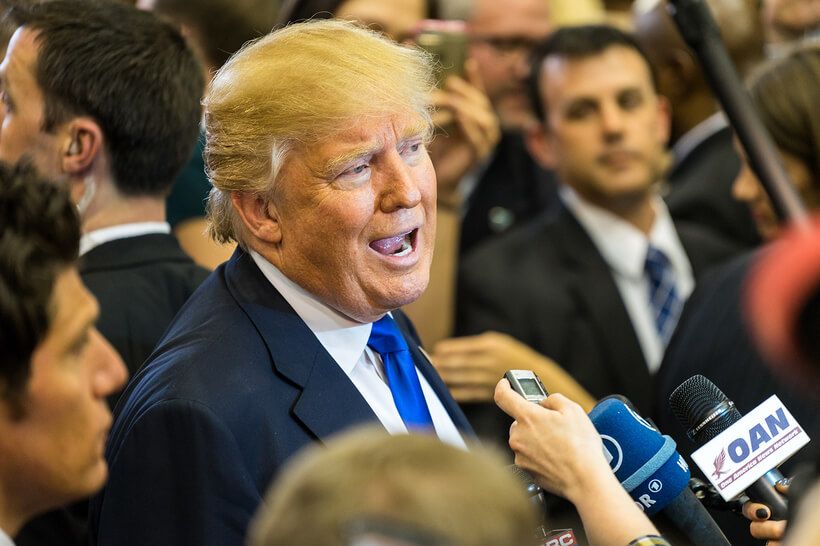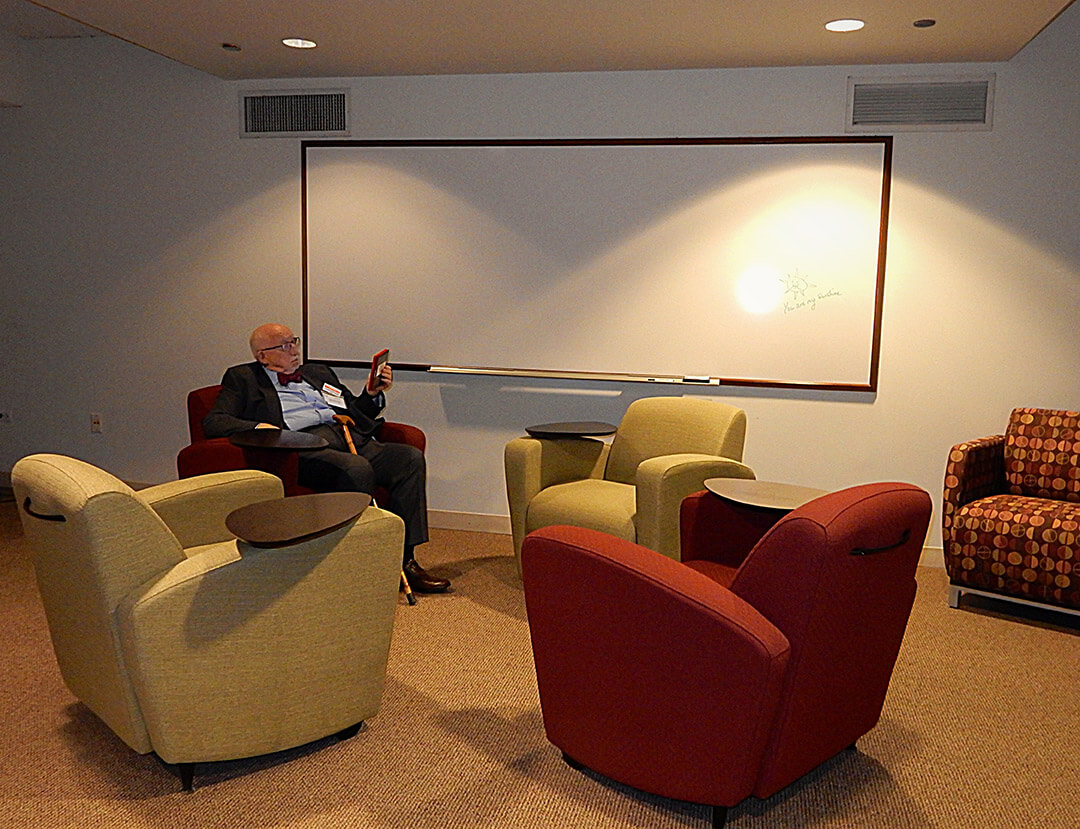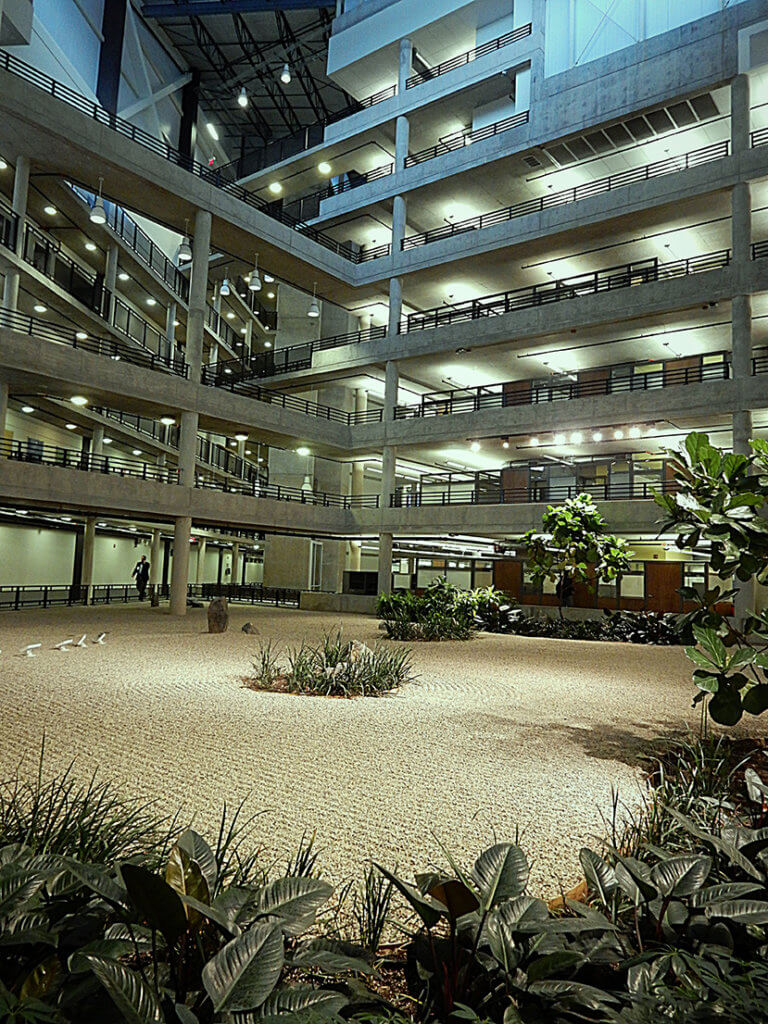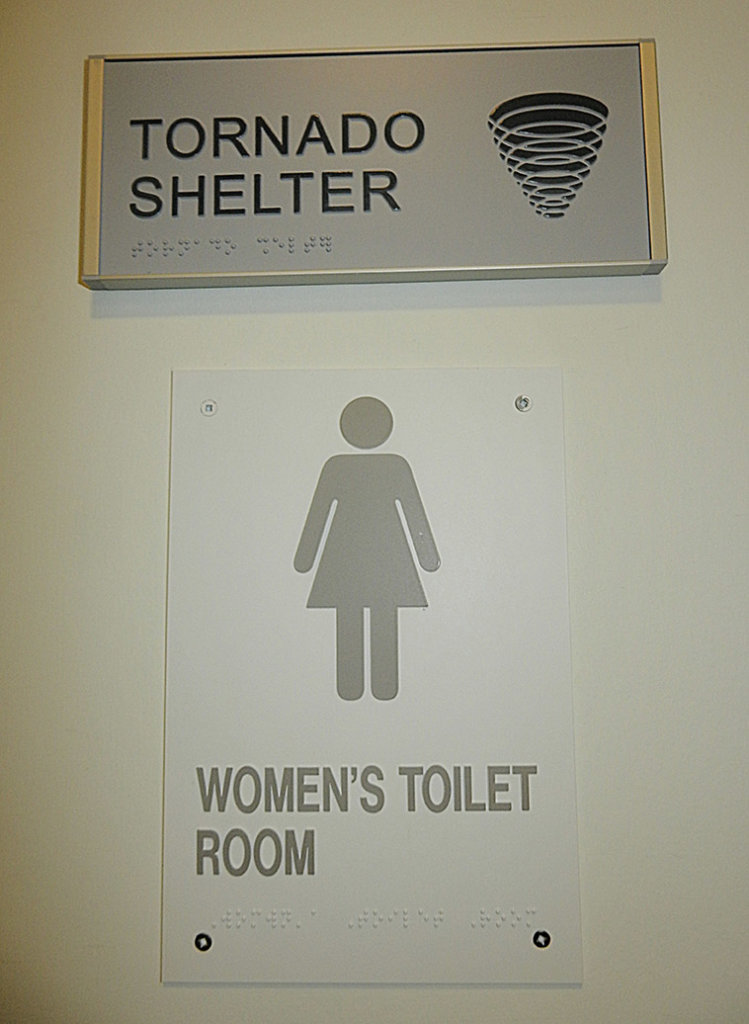I have believed for a long time now that Donald Trump was elected president partly because of the behavior of companies like United Airlines and its large and growing fraternity of institutions that find the individual customer an inconvenience.
We live in an age where we have to take what we are handed by the institutions that are supposed to serve us. We live in an age of frustration. The daily frustration of life has bubbled up in politics, on social media and even in graffiti.
These are some of the institutions of our torment:
- The banks that leave you half an hour on the telephone, pleading to speak to someone — a human being — who might, just might, help you.
- The telephone companies that want you to crawl around the floor, at the behest of directions from a call center in Bangladesh, doing your own repairs.
- The internet providers that will not believe that their systems could need fixing and will only send a technician when all logic and patience is exhausted and someone in the Philippines is satisfied that you do know what you are saying and that English is, in fact, your first language.
- The medical insurance company that has a computer converse with you about a problem with your account.
Nowadays services are provided for high, unexpected fees. Vendors, such as hotels and car rental companies, dissemble about costs. They use marketing to bait and obfuscate — Amtrak excels at this. The fine print is there for the purpose of trapping the hapless customer. The price of everything is calculated as to what can be extracted from you at the time of purchase.
Of course, Trump was not the answer. Electing him may have been electing a fox to protect the chickens. But it was a cry for help from many voters.
Big is not beautiful when it comes to services. It means that you, the customer, are nothing, an impediment, a nuisance, an awkwardness, a de minimis statistic, a grain of sand on the beach of corporate wealth.











